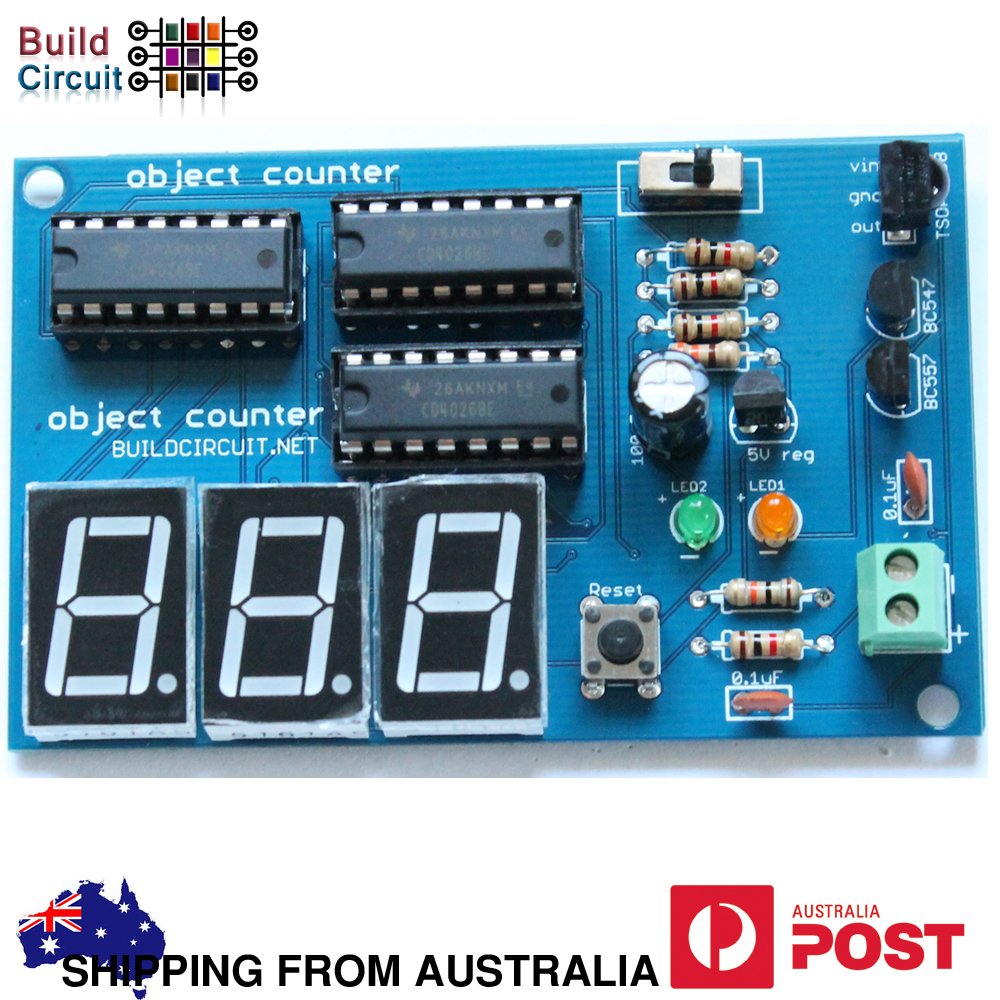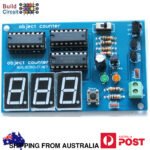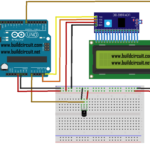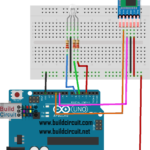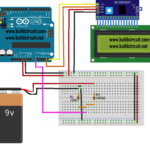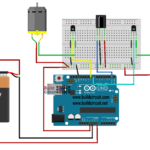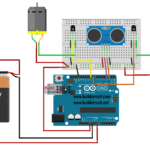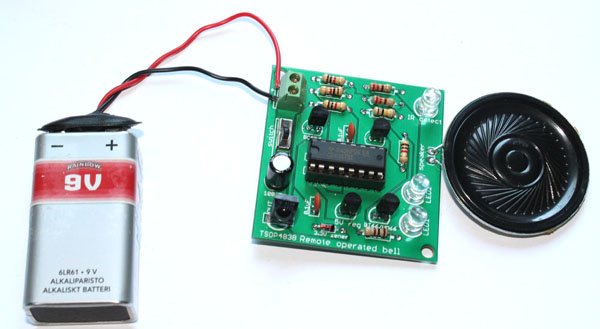10 factors that affect the transmission range of DIY FM Transmitters
BuildCircuit sells several types of FM transmitters for electronics beginners and hobbyists. Some are for short-range and some for long-range transmission. Sometimes, customers complain that they didn’t get the mentioned quality or the required range of transmission. In this article, I am explaining 10 factors that affect the transmission range as well as the transmitted sound quality of DIY FM transmitters.
- Design of the FM transmitter: Some hobby FM transmitters are designed with 3 transistors and 3 inductors and some are designed with only one transistor and one inductor. All the FM transmitters with 3 transistors have an audio amplifier circuit whereas the single transistor FM transmitters have only the oscillator circuit, there is no extra amplification for frequency modulated signal. That’s why the transmitters with 3 transistors perform better than the other one. The resistors and the capacitors placed in the circuit have a huge role in determining how far the signal can go. Usually, the designers of the transmitter have a tentative range in their minds. Based on their objective, they choose the components or design the PCB in such a way that their transmitter would transmit the signal up to a certain range with a certain quality. For example, we usually see S9018(AM/FM Amplifier, Local Oscillator of FM/VHF Tuner) and S9014(for pre-amplifier) transistors in most of the FM transmitters. If you see their datasheets, you will know why they are used.
2. Antenna length: I have noticed that increasing the length of the antenna also extends the range of transmission. I tested the long-range 3 transistor FM transmitters with a 20cm long antenna first and it could transmit up to 100 meters, but when I increased the length to 60cm, the signal was transmitted up to 500 meters easily. If you a longer antenna in any FM transmitters, you get better reception and they travel farther.
3. Type of FM receiver- digital or analog: Digital FM receivers are far better than analog receivers to test the transmitters. The first advantage, we know the exact frequency the transmitter is transmitting to the receiver. We can search for a free frequency on a digital FM receiver than on an analog one. If we can find a free frequency, we can use that for transmitting our signal without interrupting the commercial FM broadcast signals. It is illegal to interrupt the commercial FM stations in several countries.
In analog FM receivers, the tuning is not precise. The transmission from two commercial FM broadcasts also overlaps with each other. When the transmission signal is strong, it overlaps the commercial broadcast signals and the audio is heard clearly on the receiver. Once we go far away from the transmitter(beyond the transmission range), the signal fades away and the commercial broadcast is heard again. In order to eliminate the overlapping of signals and distortion, it is recommended that we use a digital FM receiver.
4. Antenna of the FM receiver: Most of the commercial FM receivers come with a telescopic antenna. Their reception is excellent. It is recommended that you use a receiver with a telescopic antenna. When we use the FM feature of a mobile phone, the reception is not as good as the commercial FM broadcasts. However, you can use your phone to test the transmitter. But, there is no guarantee that the phone’s FM receiver can receive the signal to the maximum transmission range.
5. Power: If a transmitter has a power supply rating from 3V to 9V, the transmission is stronger at 9V than at 3V. At 3V, you will not get the same signal strength as you would get with a 9V battery.
6. Transmission method- voice or audio: If you transmit the FM signal connecting it to an audio source, for example, a mobile phone or an mp3 player, the transmitted audio signal is stronger than the voice-activated signal. A voice is converted to an electrical signal by the electret microphone, that electrical signal is oscillated and transmitted as an electromagnetic wave, it would never be as strong as the direct audio signal. The audio signal is an electrically activated signal which can be controlled by a volume controller also and amplified according to our needs. Therefore, audio signals directly fed from an audio source are transmitted farther than the normal voice signal.
7. Volume controller- audio booster: Two of our FM transmitters have a volume controller. I have noticed that the volume controller contributes to the strength of the transmitted signal which eventually determines how far the signal would travel. The following transmitters have a volume controller:
a. FM transmitter with 3 transistors- Basic (with no tuning)
b. FM transmitter with 3 transistors- Advanced (with tuning)
8. Transmitter location: Where are you transmitting from? Your FM transmitter will give better results in an open space rather than in an urban area with a lot of buildings or obstacles. Make sure that you transmit the signal from a height (if possible) so that the signal can travel farther. I tested all of my transmitter from a height (7-10m), usually the second or third floor of a building, and also tested them from the ground floor, I found the transmission quality and range vary drastically. Testing the transmitter from a height gives the best result, that’s why commercial FM stations’ antennas are kept in hills or on top of buildings.
9. The transmitting or receiving frequency: The frequency we are transmitting to should be free in order to avoid the overlapping of signals. Usually, when we use an FM transmitter without a variable capacitor or variable inductor(for example, FM transmitter with 3 transistors- Basic), the transmitter transmits its signal at a random frequency, which we cannot change. For example, the FM microphone and FM transmitter with enclosure do not have a variable capacitor or inductor. That completely restricts the transmitters from changing their frequency which ends up overlapping the commercial FM signal. It is very important the transmitter transmits to a free frequency that is not used by commercial stations. If we transmit to an occupied or a closer frequency, there is a high chance of hearing distortion. As we go far away from the transmitter, the commercial FM overtakes its original frequency and our FM signals fade away.
These transmitters do not have a variable capacitor or inductor
- FM transmitter with 3 transistors- Basic (with no tuning)
- FM microphone
- FM transmitter with casing
- DIY FM transmitter with a battery holder
10. Weather: Weather has impacts on the capacitance and inductance of the circuit. Even negligible change in its electric parameters can drift the frequency of the transmitter. The wind, atmospheric pressure, temperature and humidity also have effects on the transmission. Please read these three interesting articles:

